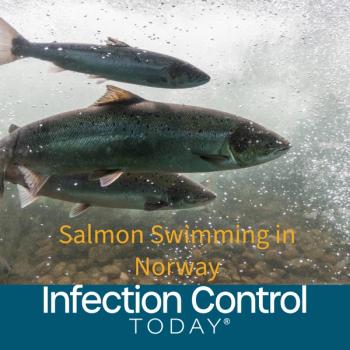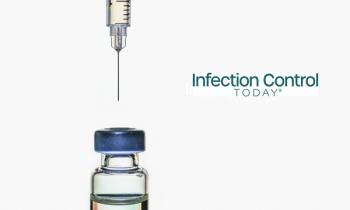
Infection Preventionists Can Play Pivotal Role in Protecting Against Swine Flu
The Association for Professionals in Infection Control and Epidemiology (APIC) today urged public health officials to call upon the nation’s infection preventionists to help stop the potential spread of swine flu. Infection preventionists, who protect patients and healthcare workers from infection on a daily basis, can and should be an integral part of public health efforts to respond to this growing health threat.
“Infection preventionists are experts at preventing the transmission of infections and work with their local public health authorities as a normal part of their daily routine,” said Christine J. Nutty, RN, MSN, CIC, APIC 2009 president. “Long-term care facilities, home care providers and others who may not be as well prepared as hospitals, will also need the guidance and support that APIC members can provide.”
“The increasing threat of swine flu raises the need to disseminate education surrounding prevention and viral transmission,” said Nutty. “Now is the time for increased awareness about good health practices that make sense for everyone.”
The No. 1 way to prevent infection is through frequent handwashing with soap and water for 20-30 seconds. If soap and water are not available, use an antiseptic hand cleaner that contains at least 60 percent alcohol. APIC also urges consumers to remind healthcare workers to wash their hands before and after coming in contact with patients.
“Your healthcare professional should wash or gel their hands immediately before an examination,” said Nutty. “If they don’t, you need to remind them to do so. Ask your guests to wash their hands. And of course patients need to wash their hands – especially after using the restroom and touching surfaces like IV poles, bed rails, call buttons, and keypads.”
The symptoms of swine flu in people are similar to the symptoms of regular human flu and include fever, cough, sore throat, body aches, headache, chills and fatigue. Some people have reported diarrhea and vomiting associated with swine flu. Flu viruses are spread mainly from person to person through coughing or sneezing of people with influenza. Sometimes people may become infected by touching something with flu viruses on it and then touching their mouth or nose.
The CDC has published information the public can practice to protect against this flu:
-- Cover your nose and mouth with a tissue when you cough or sneeze. Throw the tissue in the trash after you use it.
-- Wash your hands often with soap and water, especially after you cough or sneeze. Alcohol-based hand cleaners are also effective.
-- Avoid touching your eyes, nose, or mouth. Germs spread that way.
-- Try to avoid close contact with sick people.
-- If you get sick, CDC recommends that you stay home from work or school and limit contact with others to keep from infecting them.
More information is available at
Newsletter
Stay prepared and protected with Infection Control Today's newsletter, delivering essential updates, best practices, and expert insights for infection preventionists.






